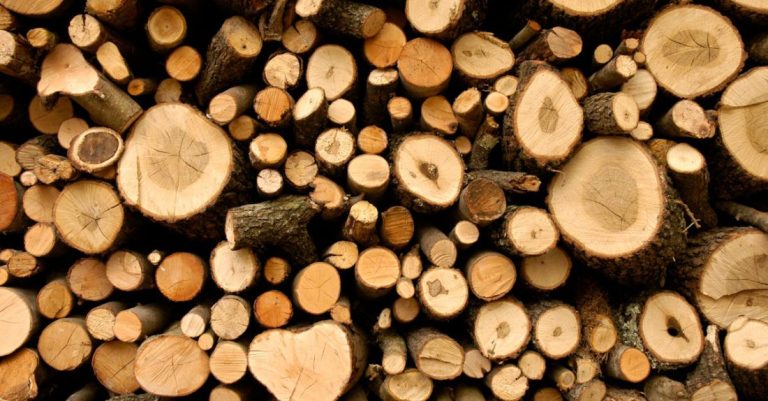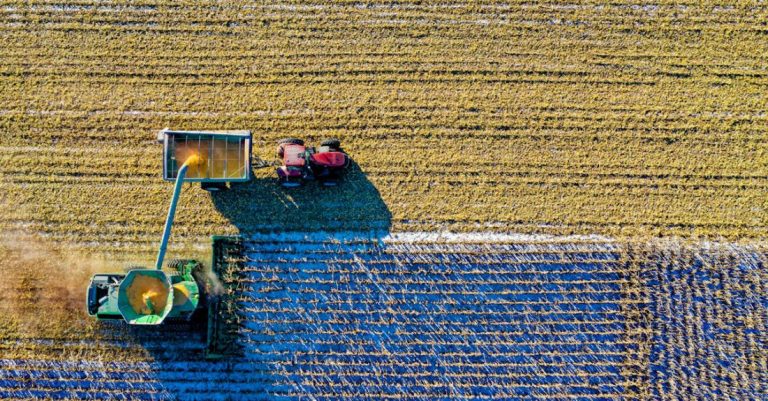
Permaculture gardening is a sustainable and holistic approach to cultivating land that mimics natural ecosystems. One key practice in permaculture is the use of mulch, a layer of organic material spread over soil to retain moisture, suppress weeds, and improve soil health. Let’s delve into the benefits of incorporating mulch into your permaculture garden.
Retaining Soil Moisture
In permaculture, water conservation is crucial. Mulch plays a vital role in retaining soil moisture by acting as a protective barrier that reduces evaporation. By minimizing water loss through evaporation, mulch helps to create a more stable soil environment for plants to thrive. This is particularly beneficial in arid climates or during dry spells when water conservation is essential for plant survival.
Suppressing Weeds
Weeds can be a nuisance in any garden, competing with desired plants for nutrients, water, and sunlight. Mulch serves as a natural weed suppressant by blocking sunlight from reaching weed seeds, preventing them from germinating. By creating a physical barrier, mulch inhibits weed growth, reducing the need for manual weeding and allowing your plants to flourish without competition.
Improving Soil Health
Healthy soil is the foundation of a successful garden. Mulch contributes to soil health in several ways. As the organic material breaks down over time, it adds nutrients to the soil, enriching it and providing essential elements for plant growth. Additionally, mulch encourages beneficial microbial activity in the soil, fostering a diverse and thriving ecosystem below the surface. By improving soil structure and fertility, mulch supports plant growth and overall garden vitality.
Regulating Soil Temperature
Maintaining optimal soil temperature is crucial for plant health and productivity. Mulch acts as a natural insulator, helping to regulate soil temperature by keeping it cooler in hot weather and warmer in cold weather. By reducing temperature fluctuations, mulch creates a more stable environment for plant roots, promoting healthy growth and enhancing overall resilience to extreme weather conditions.
Preventing Soil Erosion
Soil erosion is a common issue in gardens, particularly in areas with sloping terrain or heavy rainfall. Mulch helps to prevent soil erosion by reducing the impact of raindrops on the soil surface, minimizing runoff and soil loss. The protective layer of mulch acts as a buffer, stabilizing the soil and preventing it from being washed away. By safeguarding the integrity of the soil, mulch contributes to long-term soil conservation and sustainability in your permaculture garden.
Enhancing Aesthetic Appeal
Beyond its practical benefits, mulch also enhances the aesthetic appeal of your garden. A well-mulched garden looks neat and tidy, with a uniform layer of organic material providing a cohesive backdrop for your plants. Mulch comes in various colors and textures, allowing you to customize the look of your garden and create visual interest. By adding a finishing touch to your garden beds, mulch elevates the overall appearance of your permaculture landscape.
Incorporating mulch into your permaculture garden offers a multitude of benefits that contribute to the health, productivity, and sustainability of your plants and soil. From retaining moisture and suppressing weeds to improving soil health and enhancing aesthetic appeal, mulch plays a vital role in creating a thriving ecosystem in your garden. By harnessing the power of mulch, you can cultivate a sustainable and resilient garden that flourishes for years to come.





